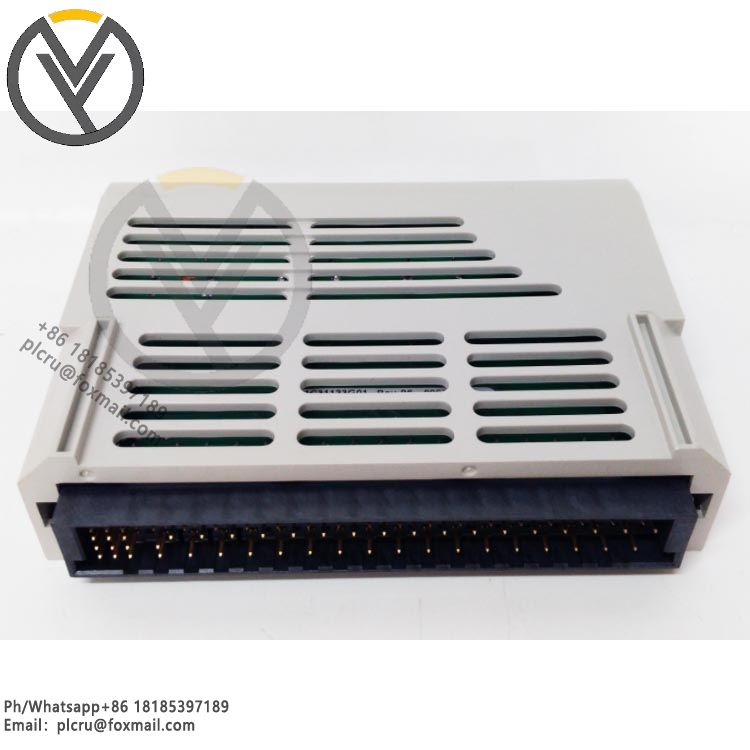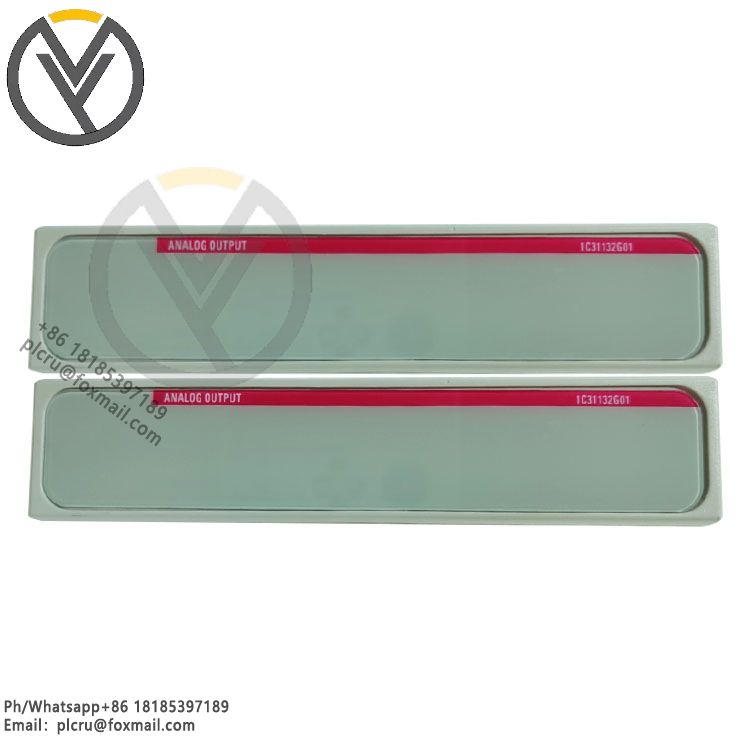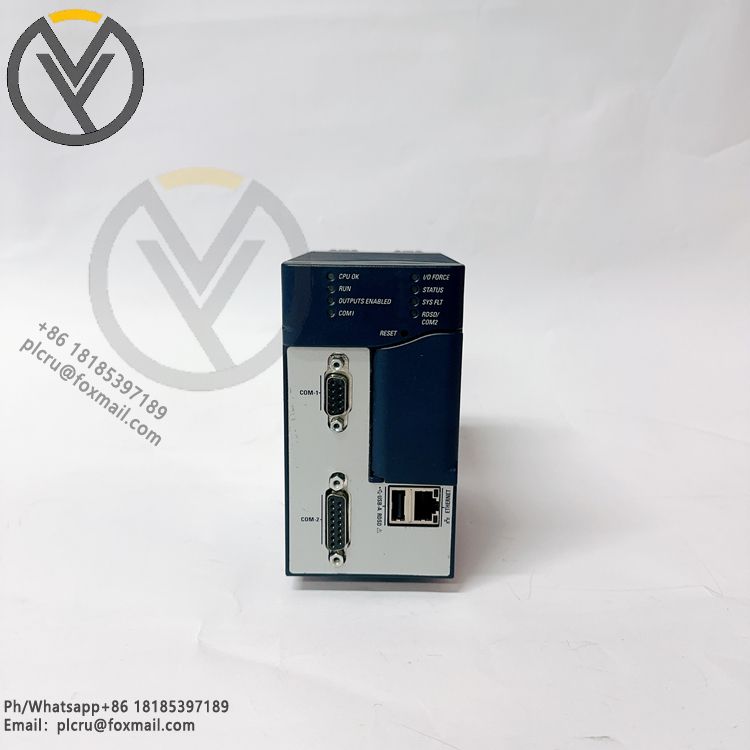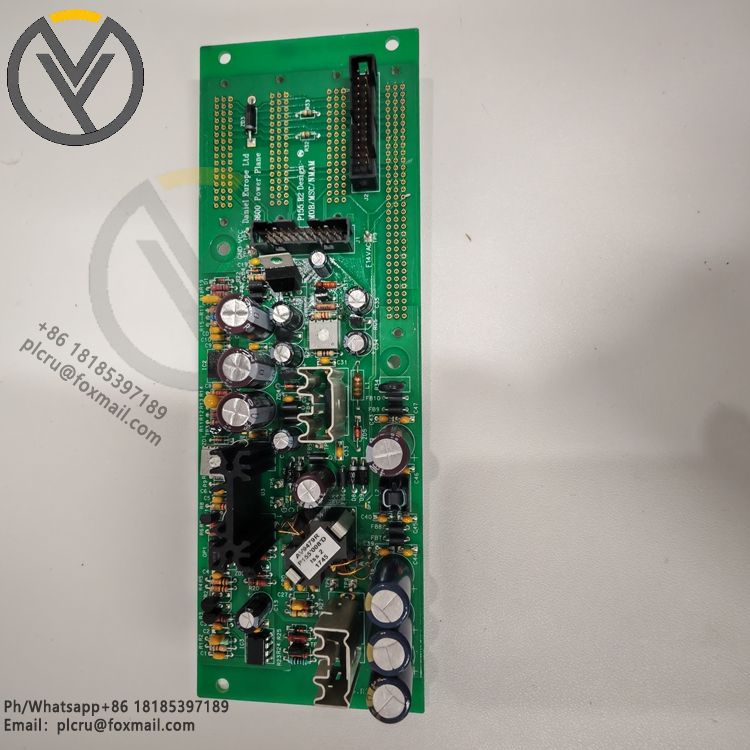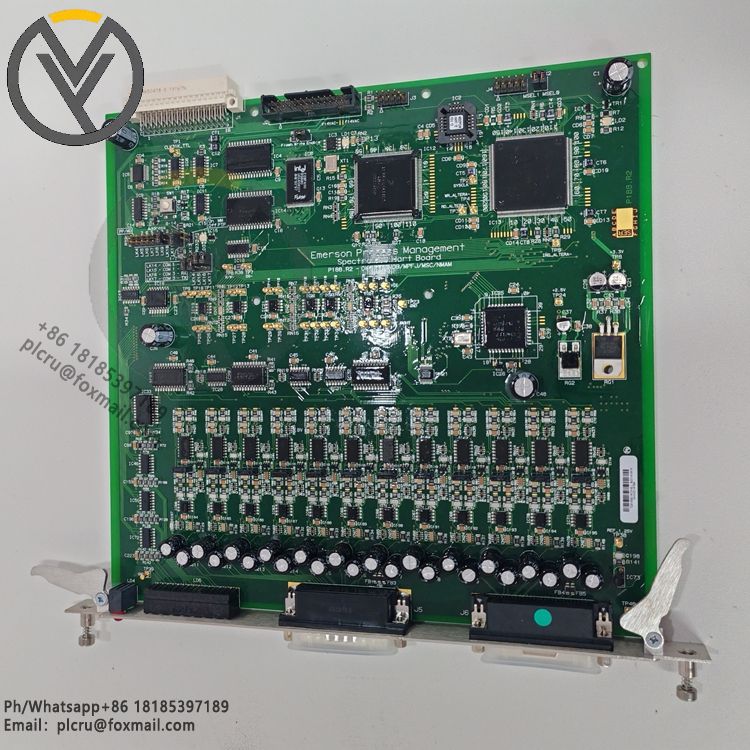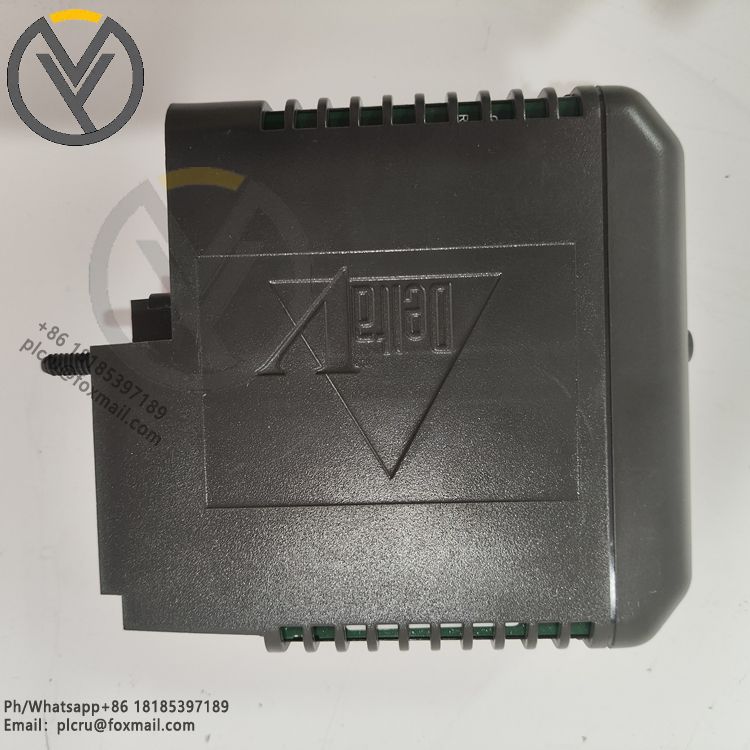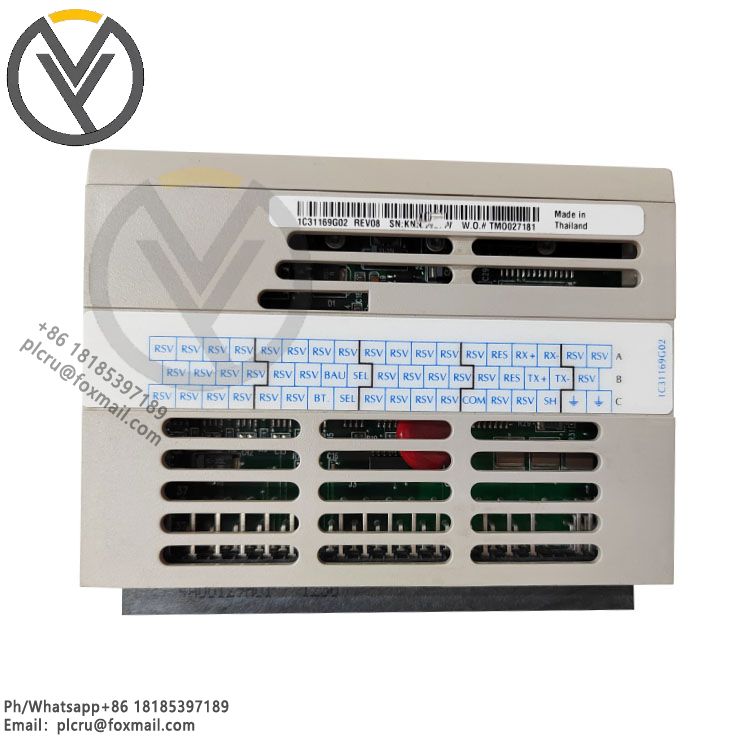
Emerson Ovation 5X00501G01 Analog Input Module
Delivery time 3 days
Product origin New/used
Email plcru@foxmail.com
Mobile/wechat /WhatsApp +86 18185397189
Emerson Ovation 5X00501G01 is an analog input module in the Emerson Ovation syst
Emerson Ovation 5X00501G01 is an analog input module in the Emerson Ovation system. The following is its related introduction:
Functional features
Signal conversion and acquisition: The main function is to convert the signals from various analog sensors on site, such as temperature, pressure, flow and other sensors, into digital signals, so that the DCS system can process, monitor and control them.
Multi-channel input: Usually has multiple analog input channels, can collect multiple different analog signals at the same time, and realize simultaneous monitoring of multiple field parameters.
Wide input type support: can support multiple types of analog input signals, common ones are 4-20mA current signal, 0-10V voltage signal, etc., and may also support other types of input signals such as thermal resistor (RTD) to adapt to the output of different types of sensors.
High precision and high resolution: With high measurement accuracy and resolution, it can accurately convert analog signals into digital quantities, ensuring that the collected data can accurately reflect the changes in actual parameters on site. The general accuracy can reach ±0.1% of span and the resolution can reach 0.001% of span.
Signal processing and diagnosis: It has certain signal processing capabilities, such as filtering, amplification, linearization, etc., which can pre-process the input signal to improve the signal quality. At the same time, it also has a fault detection and isolation mechanism, which can promptly detect abnormal conditions of the input signal and feedback the fault information to the system to ensure the reliability and stability of the system.
Configurability: The parameters of the module can usually be configured through software, such as the type, range, filtering parameters, alarm threshold, etc. of the input signal. Users can flexibly set them according to actual application requirements to adapt to different field conditions and control requirements.
Technical specifications
Number of channels: Usually 8 channels or 16 channels, etc., the specific number depends on the module model.
Input type: Supports multiple input types such as 4-20mA, 0-10V, RTD, etc.
Accuracy: Generally ±0.1% of span.
Resolution: Up to 0.001% of span.
Input impedance: For current input, the input impedance is usually around 250Ω; for voltage input, the input impedance is higher, generally above tens of kilo-ohms.
Common mode rejection ratio: Usually above 60dB, used to measure the module's ability to suppress common mode interference signals.
Signal processing time: Generally less than 10ms, ensuring that the input signal can be quickly converted and processed.
Operating temperature range: -40℃ to 70℃, adapting to a wide range of industrial environment temperature changes.
Power consumption: Usually between a few watts and more than ten watts, the specific power consumption depends on the number of channels and working status of the module.
Application scenarios
Process control field: In industrial production processes such as petroleum, chemical, electric power, and metallurgy, it is used to monitor and control various process parameters, such as reactor temperature, pipeline pressure, material flow, etc., to provide accurate field data for automated control of the production process.
Machine control: Connect with sensors and actuators in mechanical equipment to monitor and control the machine's operating status. For example, in an automated production line, monitor the motor's current, temperature, and the position, pressure and other parameters of mechanical parts to ensure the normal operation and precise control of the machine.
Building automation: In smart buildings, connect with various sensors in HVAC systems, lighting systems, fire protection systems, etc. to collect information such as ambient temperature, humidity, and light intensity to achieve intelligent monitoring and control of the building's internal environment and improve the building's comfort and energy efficiency.
Environmental monitoring: Used in environmental monitoring systems to collect various physical and chemical parameters in air, water, soil and other environments, such as sulfur dioxide and nitrogen oxide concentrations in air quality monitoring, pH and dissolved oxygen content in water quality monitoring, etc., to provide data support for environmental protection and environmental governance.

